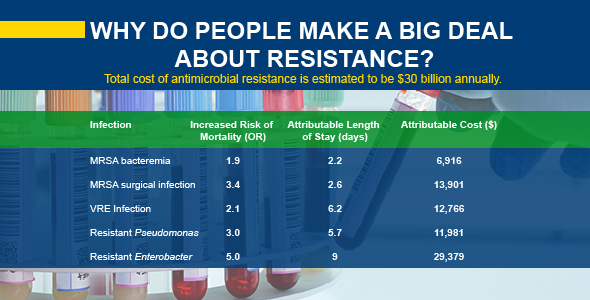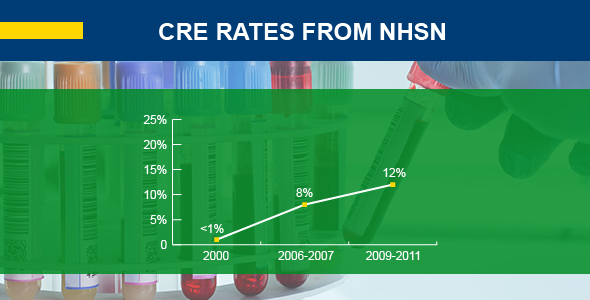Interview with Vincent J. LaBombardi, Ph.D. Carbapenem-resistant Enterobacteriaceae, or CRE, have been called, “nightmare bacteria,” because the multi-drug-resistant infections are so difficult to treat and can be deadly in up to 50% of cases, according to the Centers for Disease Control and Prevention (CDC). These bacteria produce an enzyme called carbapenemase that breaks down carbapenem …
Balancing the Use of Broad-Spectrum Antibiotics and Patient Health
The challenge is how to quickly determine which patients really need powerful drugs and which do not. Good antibiotic stewardship is a race against the clock. If patients need those drugs and don’t receive them in a timely manner, it may become too late to help them.
How One of the First Cases of CRE “Nightmare Bacteria” on the West Coast was Identified
In 2015, the CRE strain of KPC (Klebsiella pneumonia carbapenemase) took the lives of seven patients at the National Institutes of Health Clinical Center near Washington, D.C. According to the CDC, the first reported CRE case occurred in a North Carolina Hospital in 2001, and since then, cases have been identified in 41 states.
Why the Incidence of Antibiotic Resistance Infections Increased while the Rate of Antibiotic use Remained the Same
While we continue to overuse and misuse a great deal of antibiotics, we have not significantly increased the overall number of antibiotic prescriptions in the U.S. during the last decade. So why are we seeing such a rapid increase in new mechanisms of resistance among microbes, especially bacteria?
The Value of Diagnostics in Combatting Antimicrobial Resistance – A Public Health Problem
At this year’s World Anti-Microbial Resistance Congress, Dr. Tristan Timbrook delivered a...
Lindsay Denny Discusses the Critical Role of WASH in Preventing Infectious Diseases and Fighting Antimicrobial Resistance
WASH, which stands for water, sanitation, and hygiene, are basic...






